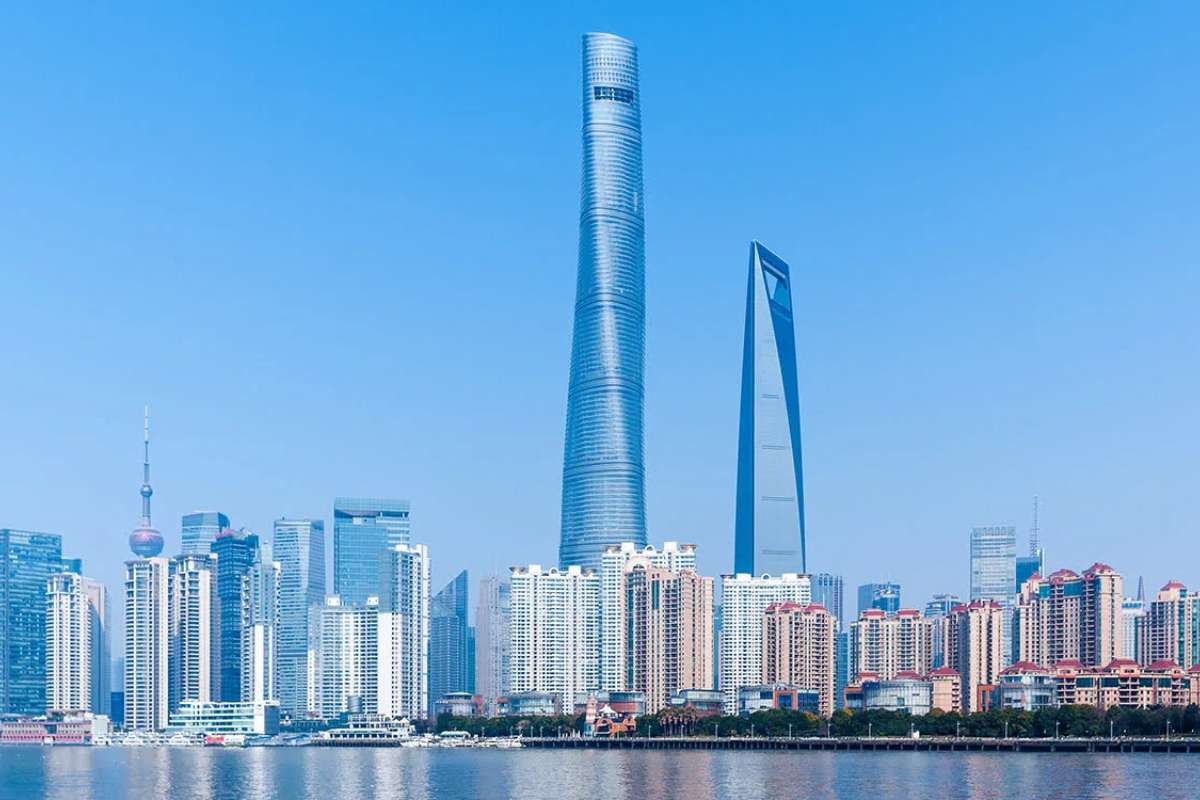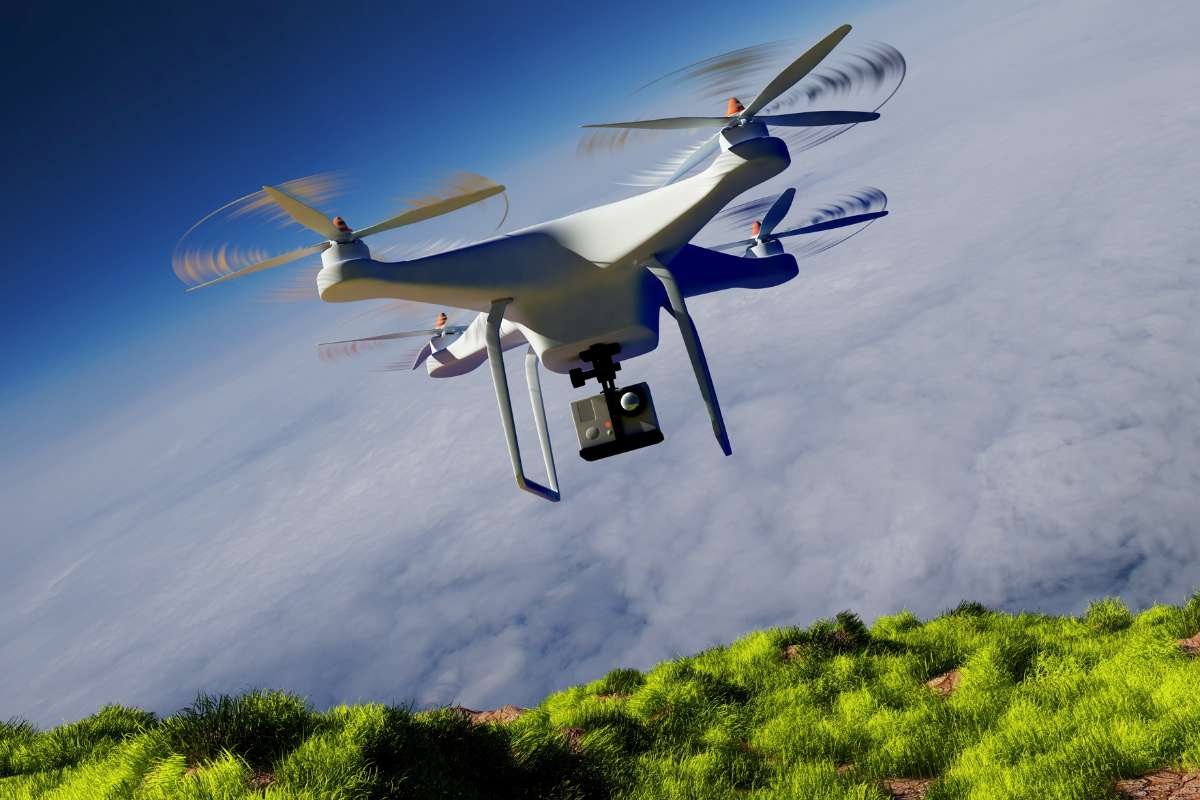Skyscrapers have long served as the ultimate symbol of economic power, urban development, and human ambition. New York possesses the most notable early high-rises, while Dubai and Shanghai’s sky-high structures mark our propensity to build upwards in our modern urban environments. In this sense, we’ll take a vertical journey into the tallest buildings in the world through this article and appreciate the creative minds and ongoing competition that lead countries and developers to reach for the clouds!
Here Are the Tallest Buildings in the World:
1. Burj Khalifa – Dubai, UAE (828 meters)

No list of skyscrapers is complete without the Burj Khalifa, the undisputed tallest building since 2010. Standing at a staggering height of 828 meters (2,717 feet), this iconic tower features 163 floors above ground and combines residential space, corporate suites, and a luxurious hotel. Designed by Adrian Smith of Skidmore, Owings & Merrill, its needle-like silhouette draws inspiration from Islamic architecture while showcasing cutting-edge engineering.
Interesting Fact: The Burj Khalifa’s spire alone adds over 200 meters to its height, helping it secure the global record.
2. Merdeka 118 – Kuala Lumpur, Malaysia (678.9 meters)
The Merdeka 118 is the newest contender in the supertall category. Officially completed in 2023, it soars 678.9 meters and features 118 stories. Located near Malaysia’s historic Stadium Merdeka, it blends modernism with cultural identity, symbolizing national pride. It also holds the record for the world’s second-tallest structure and the tallest in Southeast Asia.
Sustainable Features: The tower integrates energy-efficient systems and rainwater harvesting to support Malaysia’s green development goals.
3. Shanghai Tower – Shanghai, China (632 meters)

As the crown jewel of China’s skyline, the Shanghai Tower reaches 632 meters with 128 floors. This twisting marvel reflects not only futuristic aesthetics but also practical energy-saving design. It hosts offices, a luxury hotel, and retail spaces, and boasts the world’s fastest elevators, which move at speeds of up to 20.5 m/s (45.8 mph).
Architectural Highlight: The double-skin façade reduces wind loads, making it one of the most wind-resistant towers ever built.
4. Abraj Al-Bait Clock Tower – Mecca, Saudi Arabia (601 meters)
Standing beside Islam’s holiest site, the Abraj Al-Bait Clock Tower combines religious significance with monumental architecture. With a height of 601 meters, it dominates the skyline of Mecca and features the world’s largest clock face. The structure includes hotels, a conference center, a prayer room for 10,000 people, and a five-story shopping mall.
Cultural Significance: Its proximity to the Masjid al-Haram makes it a crucial accommodation hub for pilgrims during Hajj.
5. Ping An Finance Center – Shenzhen, China (599 meters)
Located in one of China’s fastest-growing cities, the Ping An Finance Center symbolizes Shenzhen’s ascent as a global financial hub. At 599 meters tall, this sleek glass tower includes office space, retail outlets, a luxury hotel, and an observation deck offering panoramic views of the Pearl River Delta.
Design Efficiency: The building incorporates a mega-structure system for earthquake resistance and long-term durability.
Global Trends in Supertall Construction
In the quest to create the tallest buildings in the world, developers are pushing boundaries with advanced materials, AI-driven construction management, and environmentally sustainable techniques. Notably:
- Vertical cities are becoming a solution to urban population growth.
- Smart buildings now feature AI-based climate control and energy monitoring.
- Hybrid-use skyscrapers allow for commercial, residential, and recreational use within a single vertical footprint.
These trends not only optimize land use but also redefine how we interact with architecture in dense urban environments.
Future Giants on the Horizon
The race to the sky is far from over. Several projects currently under development promise to outdo today’s record-holders:
- Jeddah Tower (Saudi Arabia): Once completed, this ambitious project is expected to exceed 1,000 meters in height, becoming the new number one.
- Dubai Creek Tower (UAE): Although its final height remains a secret, it is designed to surpass the Burj Khalifa.
Such developments continue to challenge what’s possible and inspire architects and engineers worldwide to innovate further.
You Must Read: Tallest Skyscrapers in North America: Icons of Modern Architecture
The Impact of Skyscrapers on Society
Beyond aesthetics and records, skyscrapers have significant implications for society:
- Economic Growth: Hosting corporate headquarters, these towers attract investment and talent.
- Tourism and Identity: Landmark buildings like the Burj Khalifa or Shanghai Tower become global tourist attractions.
- Urban Density Solutions: High-rises reduce horizontal sprawl, preserving land while accommodating growing populations.
However, there are also challenges; skyrocketing construction costs, maintenance issues, and environmental concerns must be addressed to ensure sustainability in high-rise development.
Not Just Height – The Story Behind the Structure
While being among the tallest buildings in the world earns fame, the real stories lie in the cultural symbolism, the engineering marvels, and the collaboration across disciplines and nations. Whether it’s a tower meant to inspire religious awe or one reflecting futuristic ideals, each skyscraper represents human ambition at its peak—quite literally.
Quick Glance: Top 10 Tallest Buildings (as of 2025)

| Rank | Building | City | Height (meters) | Year Completed |
|---|---|---|---|---|
| 1 | Burj Khalifa | Dubai, UAE | 828 | 2010 |
| 2 | Merdeka 118 | Kuala Lumpur | 678.9 | 2023 |
| 3 | Shanghai Tower | Shanghai, China | 632 | 2015 |
| 4 | Abraj Al-Bait Clock Tower | Mecca, Saudi Arabia | 601 | 2012 |
| 5 | Ping An Finance Center | Shenzhen, China | 599 | 2017 |
| 6 | Lotte World Tower | Seoul, South Korea | 555 | 2016 |
| 7 | One World Trade Center | New York, USA | 541 | 2014 |
| 8 | Guangzhou CTF Finance Centre | Guangzhou, China | 530 | 2016 |
| 9 | Tianjin CTF Finance Centre | Tianjin, China | 530 | 2019 |
| 10 | CITIC Tower (China Zun) | Beijing, China | 528 | 2018 |
Conclusion
Whether we are in Dubai or Kuala Lumpur, Shanghai or New York City, the tallest buildings in the world are more than mere structures made from concrete and steel; they are icons of culture, innovation, and human ambition.
As technology develops and more skyline changes occur in our urban spaces, we can only expect this vertical race to continue. Whether you’re passionate about architecture, traveling, or simply have an admiration for humankind’s ability to create and build, these towers encourage us – all of us – to look up and dream of better things to come.








